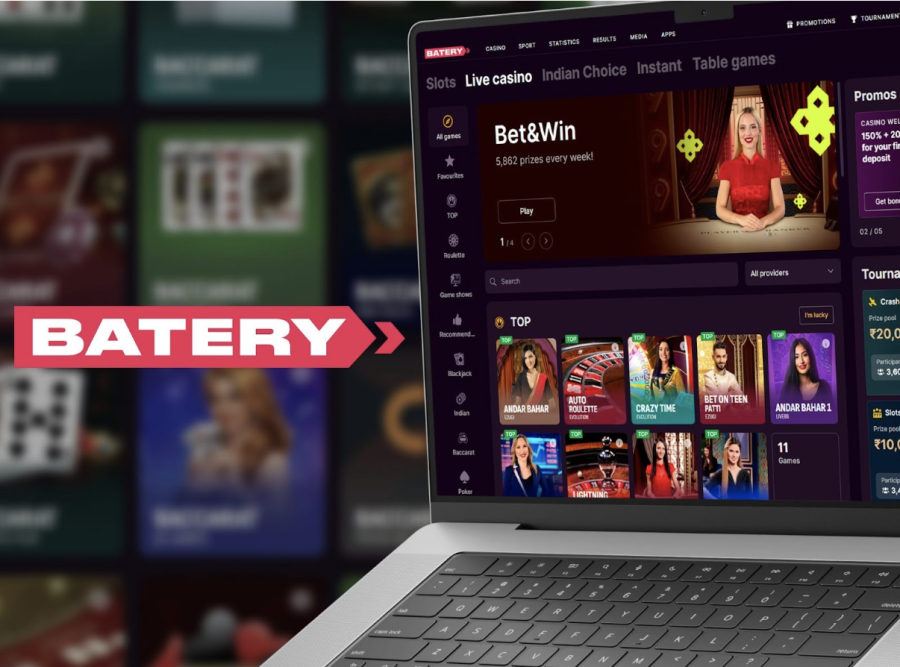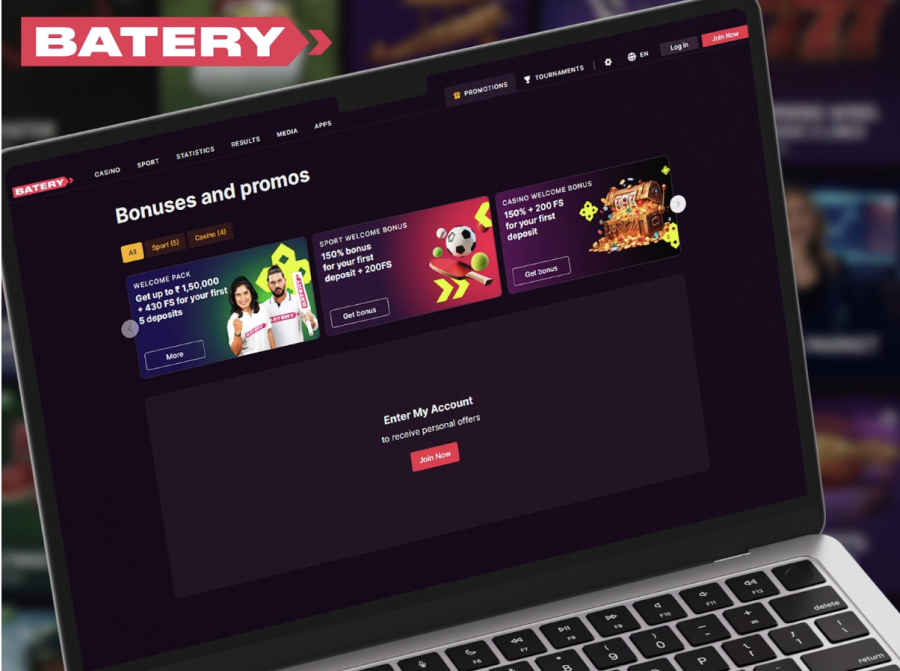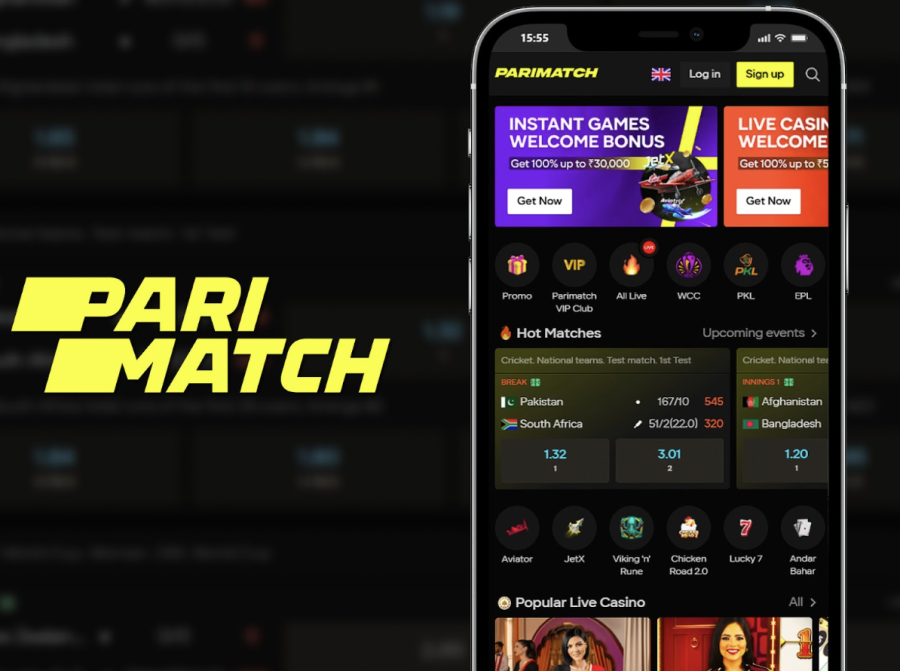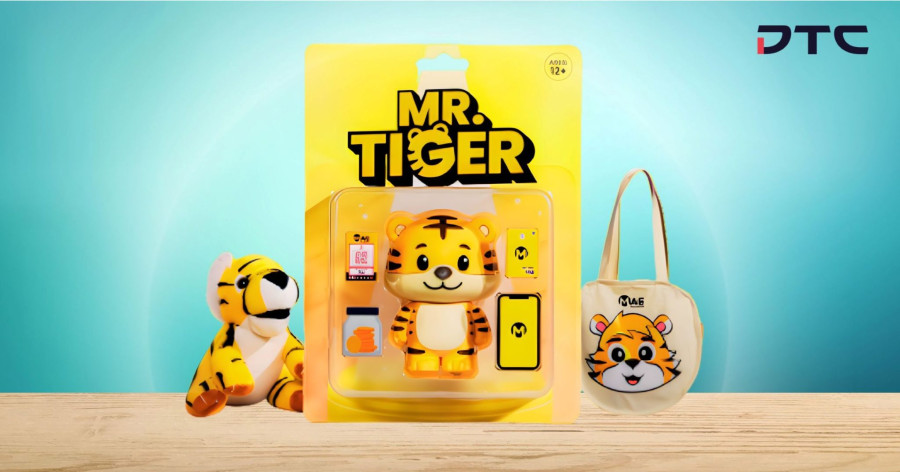Most people will see your work on a phone. Feeds move fast, screens are vertical, and audio is often off. Short video fits that reality: make one clear point, show one example, and end with a plain takeaway - all in 15–60 seconds so it survives the scroll.
Viewers can catch one or all four and still follow the thread-and if they want more, they can jump straight to your paper or dataset. It’s an easy way to meet people where they are-on the bus, between classes, or scrolling at night. Each piece can earn attention on its own while still pointing people to the paper, dataset, or preprint. Reviews move faster, too - a tight 90-word script is easier for a PI to check than a long explainer.
Formats & Scripts That Travel Well
Keep the visual grammar minimal: tight framing, readable on-screen text, captions burned in, and cuts that sync with each sentence. For low-bandwidth audiences, favor static graphics over busy B-roll and export at 1080×1920 with a modest bitrate. For versioning and cross-channel embedding, researchers can centralize their clips on desiplay to keep a single, linkable home for shorts while distributing previews to social platforms. Prepare for localization by maintaining a tiny glossary of technical terms and keeping sentences under two lines in captions.
Use message-first templates that are simple to draft and repeat across studies:
Template A - Finding → Method → Result → Why it matters.
Lead with the lay claim (“We found a faster way to …”), name the method in one phrase, show a single visual (chart, diagram, or lab moment), then end with the practical consequence.
Template B - Question → Answer → Evidence → Next step.
Pose the everyday question your work addresses, deliver the answer, flash one supporting detail (statistic, comparison, or visual cue), and invite the viewer to read the paper or dataset.
Measuring Engagement Without Heavy Analytics
Treat shorts as weekly experiments. Keep a simple scorecard for each clip: title, hook version, length, average watch time, retention at 3/5/15 seconds, saves, shares, and click-through to the paper or dataset. These numbers come from platform dashboards; add a short link with UTM tags on the “read more” button to register downstream visits on your repository or lab site.
Read the metrics as a funnel
A steep drop before 3 seconds signals a weak hook; refine the first sentence or opening visual. Stable retention through 15 seconds with low saves/shares points to content that’s clear but forgettable-tighten the takeaway. Strong retention with weak click-through means viewers understood but lacked a next step-make the call-to-action explicit and screen-visible. Compare clips of similar length to avoid bias.
Ethics, Accuracy, and Accessibility
Start with transparency. Label the evidence status every time (preprint, peer-reviewed article, replication, or ongoing). Name the method in plain language and show uncertainty in one card: a range or confidence interval, sample size, and one key limitation. Avoid causal claims when you only have correlation.
Quick checklist
Show an “evidence badge” in the first seconds: status + source link.
Include an uncertainty strip: range/CI, n, and one limitation.
Protect privacy: consent, blur faces/IDs, remove metadata (EXIF).
Be accountable: list funding/affiliations and link to data/protocol.
A Lightweight Workflow for Small Research Teams
Weekly rhythm.Minute 0–10: pick one finding and define the lay claim. 10–25: draft a 75–100-word script using one template. 25–45: record vertical takes (two clean runs + a safety run). 45–55: edit, add burned-in captions, insert a single chart or diagram. 55–60: peer check for accuracy and disclosures, export, schedule.
Roles that keep you moving. Creator prepares script and shoots. Checker verifies method, numbers, and wording (no causal language if you have correlation). Approver signs off on ethics, consent, and affiliations. One person can hold two roles; never let the creator self-approve.
Script and caption standards. Hook stays under 12–14 words. Sentences fit on two caption lines; avoid jargon or define it on first use. Show the study status (preprint/peer-reviewed/ongoing) and one limitation in a closing card. Keep the visual to a single figure or comparison so the takeaway survives silent autoplay.
Recording and export. Keep captions inside an 8% safe margin. Export at 2.5–4 Mbps; deliver an MP4 with captions burned in and a separate .srt for accessibility repositories.
Publishing cadence and measurement. Schedule two releases per week. Alternate A/B hooks that differ only in the first line or on-screen text. Add a short link with UTM to the paper or dataset. After 7 days, keep the winner; archive the loser with notes on retention and saves per thousand views.









